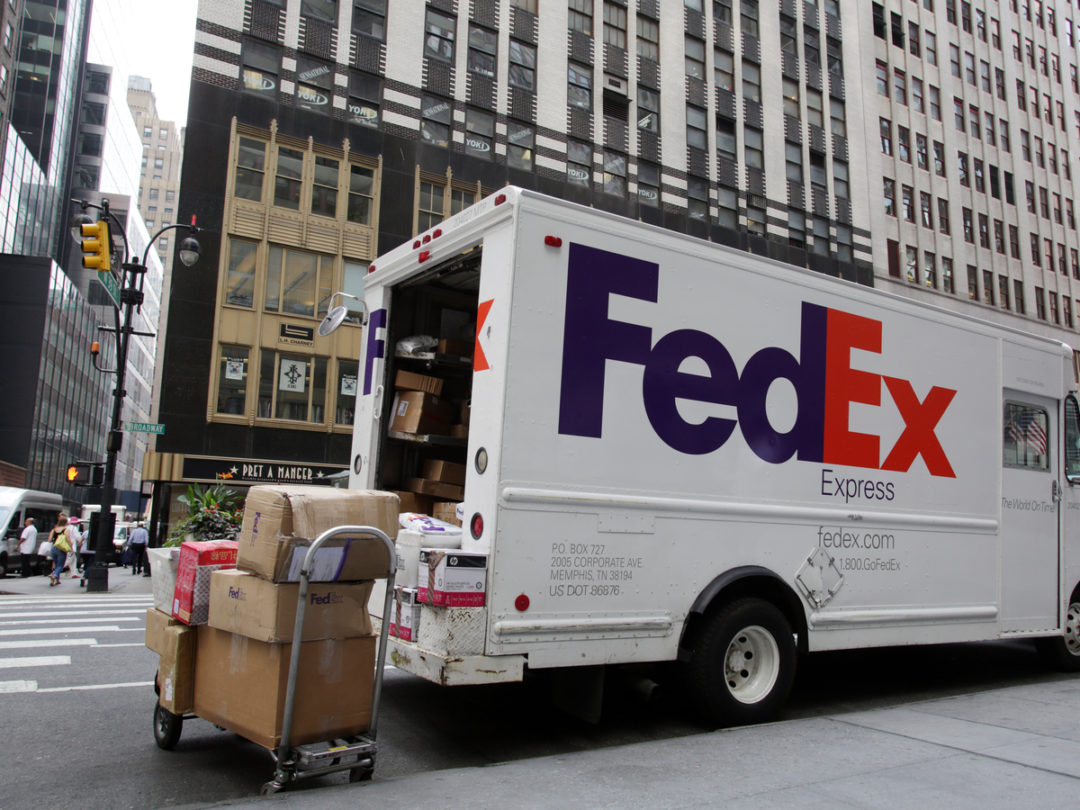
Demand for last-mile delivery services is booming around the world — expected to jump 78% globally in the next decade, according to a World Economic Forum report. This will drive up urban delivery vehicle numbers by 36%, and as a result, congestion will rise more than 20% while emissions jump more than 30%.
Here are a few ways e-commerce and logistics companies are aiming to reverse their environmental impact:
Going electric. Some carriers like Amazon.com Inc., FedEx Corp., United Parcel Service Inc. and others are investing in electric or autonomous vehicles to reduce carbon emissions. According to a Polytechnic University of Milan study on the last-mile and electric vehicles, electric vehicles (EVs) lead to a decrease in greenhouse gas (GHG) emissions by 17% for 20 km/day and increased to 54% for 120 km/day.
‘BOPIS,’ ‘BOSS.’ Retailers are shortening the last-mile by offering services such as buy online, pick up in store (BOPIS) and buy online, ship to store (BOSS). They’re also partnering with crowd-sourced delivery providers such as DoorDash Inc. and Instacart Inc. to provide same-day delivery services from the store to the customer’s home.
Microfulfillment. Walmart Inc., Target Corp., Best Buy Co. and others are investing in adding fulfillment space in their stores to speed up the last-mile delivery process as well as to provide options to consumers. By investing in cloud-based technology solutions, retailers are linking their middle-mile and last-mile to receive real-time data and visibility into inventory management, such as location and quantity, as well as the ability to enact possible repositioning to a store, reordering and returns management.
Inventory management systems built for omnichannel environments enable retailers to connect the dots between orders, customers, and inventory, getting product to shoppers quickly and more efficiently, thus reducing click to door time and thereby reducing carbon footprint.
Route optimization. Carriers that optimize routes not only save in fuel efficiency but also can speed up deliveries. It's much more environmentally friendly to make as few trips as possible, delivering to as many customers as you can during each trip. Likewise, it's important to find the shortest distance between each delivery to conserve fuel.
Packaging solutions. Using the right size of box for shipments is increasingly important. Amazon relies on proprietary artificial intelligence to calculate the best fit for orders, which sometimes means using an envelope instead of a box. As a result, Amazon says it has reduced outbound packaging by 33% in the past five years, eliminating more than 915,000 tons of packaging material.
More than 70% of consumers want to reduce the impact they have on the environment, according to a 2020 GlobeScan survey. Consumers also want to work with and shop with businesses that also have the same values. As such, sustainability will remain high on businesses’ agendas as they introduce new products and services.
Matt Huckeba is senior vice president of parcel strategy and operations at Transportation Insight.







